Wolf Park docent, Caity, started howling, wolf-style. One by one, Bicho, Fiona, and Kanti tilted their snouts skyward and joined the howl. A few moments later we heard more howling in the distance. This was our greeting to Howl Night at Wolf Park in Battle Ground, Indiana.

What is Wolf Park?
Dr. Erich Klinghammer founded Wolf Park research facility in 1972. He wanted to learn as much about wolves as possible. His intent was to save them in the wild, as wolves were rapidly diminishing. Among other things, Dr. Klinghammer wanted to research how wolves interact with each other in a pack and with wolves in neighboring packs. Until then, scientists studied wolves by what they left behind. They’d study wolf tracks, feces, and partially-eaten carcasses. The 7-acre Wolf Park allows for more in-depth research into wolf behavior and determining why and when they howl.
Experiencing Howl Night
Fox Talks
Every Saturday evening, year-round (plus Friday evenings in the summer months), Wolf Park presents Howl Night. The evening begins with a 15-minute Fox Talks pre-show. On the chilly April night we visited, we and other guests gathered around a pen where docent Khaz filled us in on fox behavior. She talked about the differences between foxes and wolves, and we watched as Khaz interacted with the resident foxes.
Fun fact: Red foxes live in the wild in every state except Florida. They are the most widely distributed canid in the world.
Howl Night
Following Fox Talks we took a seat in bleachers across from the 7-acre semi-natural enclosure where siblings Bicho, Biona, and Kanti live. Docent Caity began the presentation outside the enclosure with the first howl of the evening. As we heard the distant answer to the wolves’ howls, Caity pointed out that the answering howl came from other wolves in the park. They were joined with barking, yodeling, and yelps from two coyotes that also live in Wolf Park. There is a distinct difference between a coyote howl and a wolf howl.
Once the wolves stopped howling, it was audience participation time. We all started howling, waiting for the wolves to join in. They didn’t. But later in the show we tried it again. In a few moments the wolves joined in the howl.
Don’t miss a Midwest Wanderer post. For a FREE subscription, enter your e-mail address in the Subscribe2 box to the right and click Subscribe
After Caity introduced us to the Wolf Park wolves and wolf life in general, docent Dana took over the microphone. Dana and fellow staff member Monty entered the enclosure with the wolves. What we saw was amazing! One of the wolves jumped up on Monday and licked his face. (Warning: Don’t try this in the wild.)
These wolves were more like household canine pets than wolves. Then again, they were born in captivity and have interacted with humans from birth. And our pets come from the same line as wolves, right?
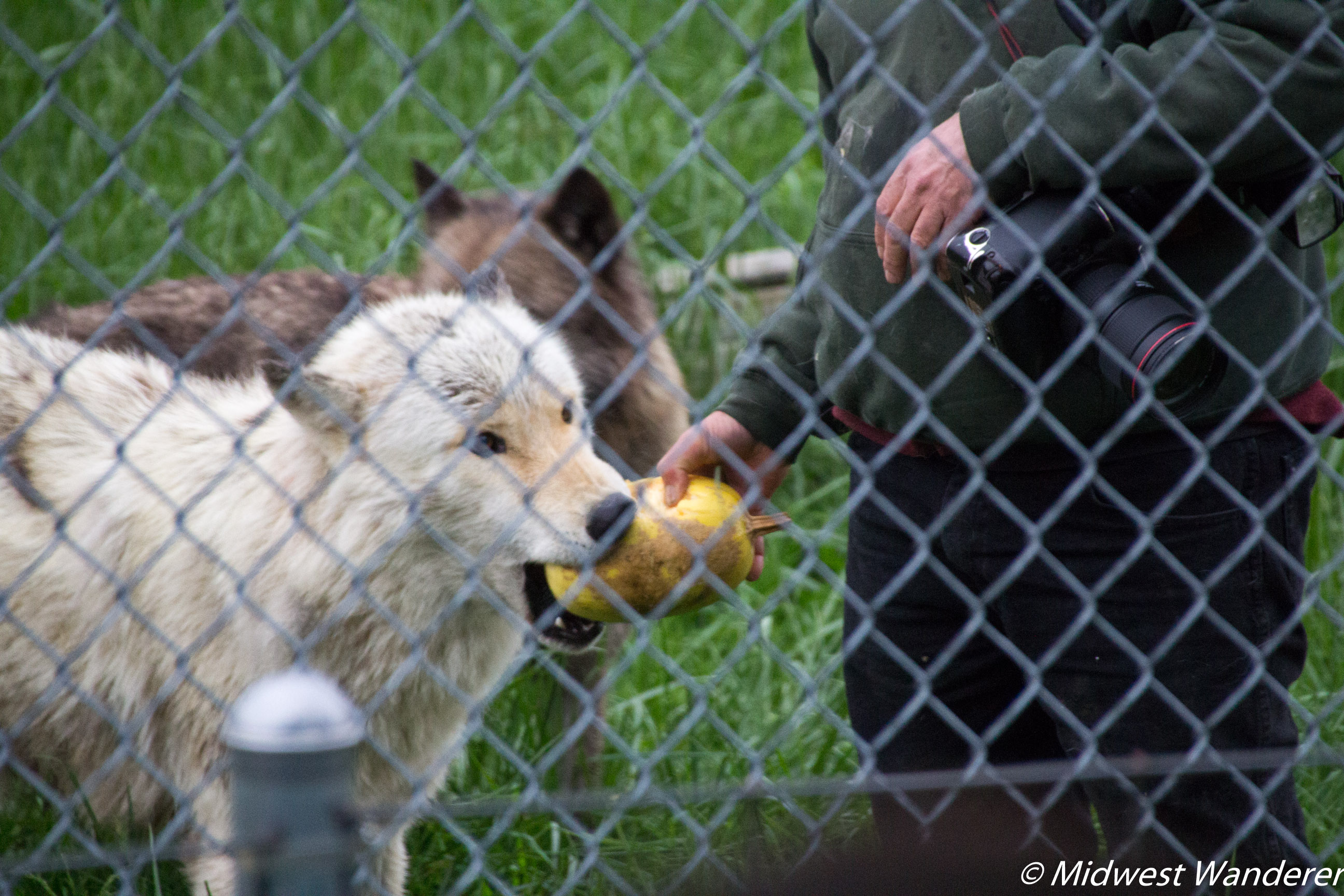
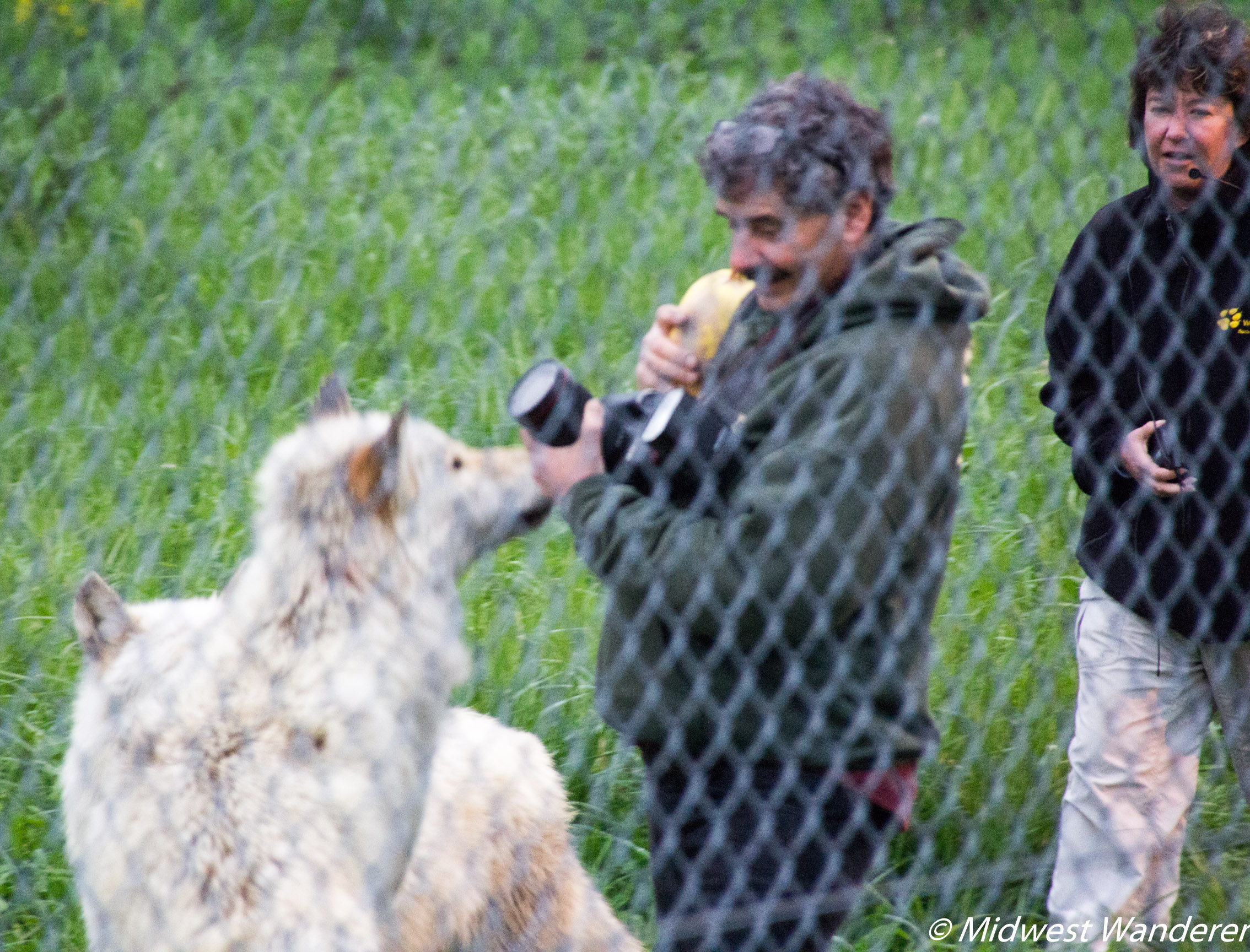
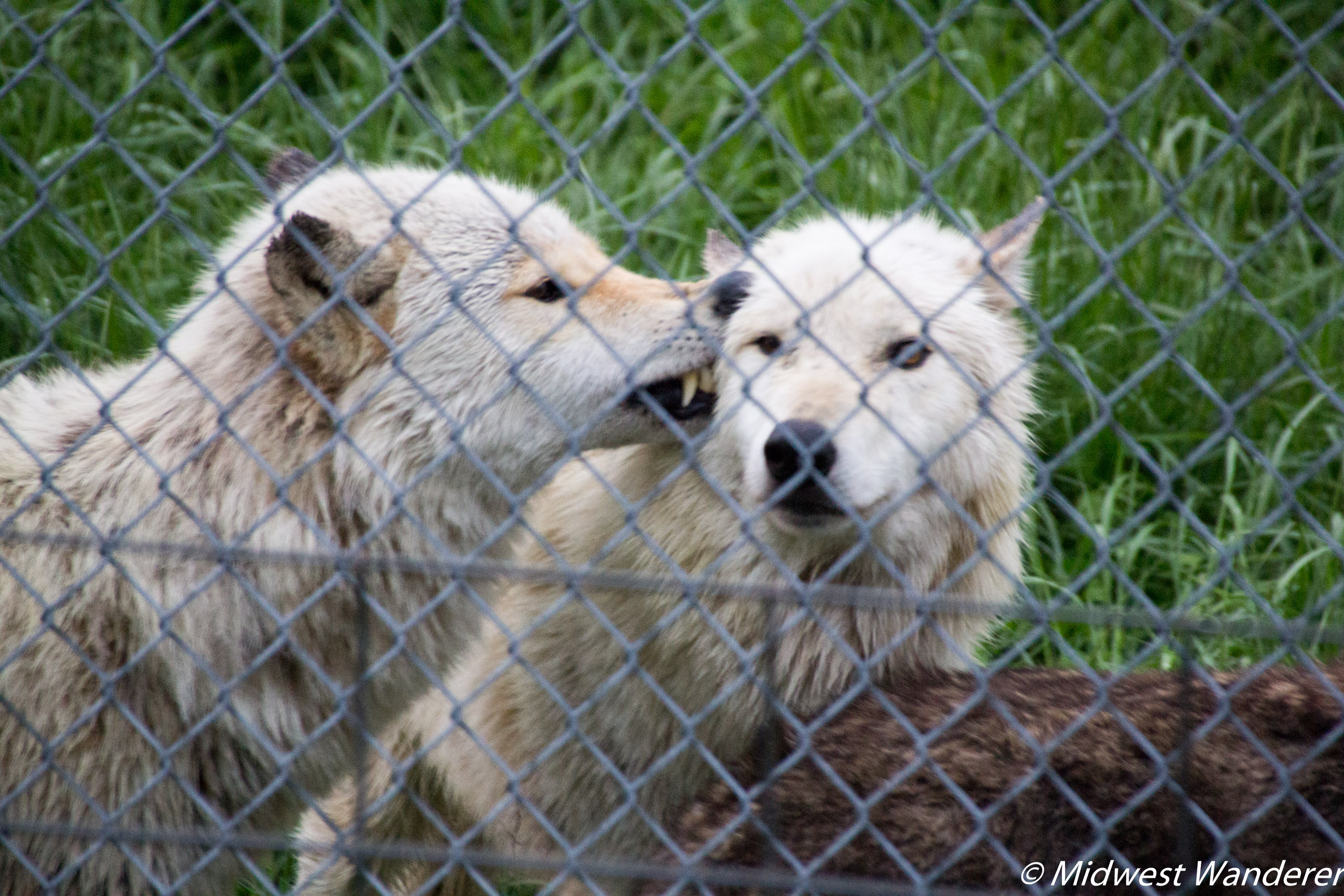
Fun Facts about Wolves
- Wolves live in eight U.S. States: Michigan, Wisconsin, Minnesota, Idaho, Montana, Wyoming, Oregon, and Washington.
- Wolves howl to communicate with each other. If one becomes separated from his pack, he’ll howl when he wants to rejoin the others. Others from his pack will also begin howling, which they use as a mechanism to find each other.
- Like many animals, wolves are most active in the early morning and in the evening. They’re also more active in cooler weather. Wolves are most active in February, which is their breeding season.
- An expectant wolf mom digs an underground den, which is where she gives birth.
- Because Wolf Park doesn’t do a full spay, female wolves that aren’t giving birth often go through a pseudo-pregnancy. Dana pointed out that Fiona, the female in the pack we were watching, once dug a den and gathered pinecones. She treated the pinecones like puppies.
- Even if a female doesn’t give birth, she produces milk. She will sometimes feed a new mother’s puppies and babysit while the mother is away from the den.
- Wolf pups are born blind and deaf, with very little sense of smell.
If you go to Wolf Park:
Wolf Park is located at 4004 E 8000 N Road in Battle Ground, Indiana. Check the website for guided tour and Howl Night schedule and admission rates.
Accommodations:
We stayed at the Homewood Suites by Hilton Lafayette during our visit to Lafayette and West Lafayette. Check room rates.
Pin It!
**********
Disclosures: Visit Lafayette-West Lafayette hosted our visit to the area. Our admission to Wolf Park Howl Night was complimentary. However, any opinions expressed in this article are my own.
This article contains an affiliate link. If you book at hotel room through the “Check room rates” link above, I will receive a small commission at no additional cost to you.
Thank you for reading Midwest Wanderer. Don’t miss a post. Enter your e-mail address below and click Subscribe. I will notify you whenever I publish another post. Subscription is FREE. After subscribing, be sure to click the link when you get the e-mail asking you to confirm. – Connie

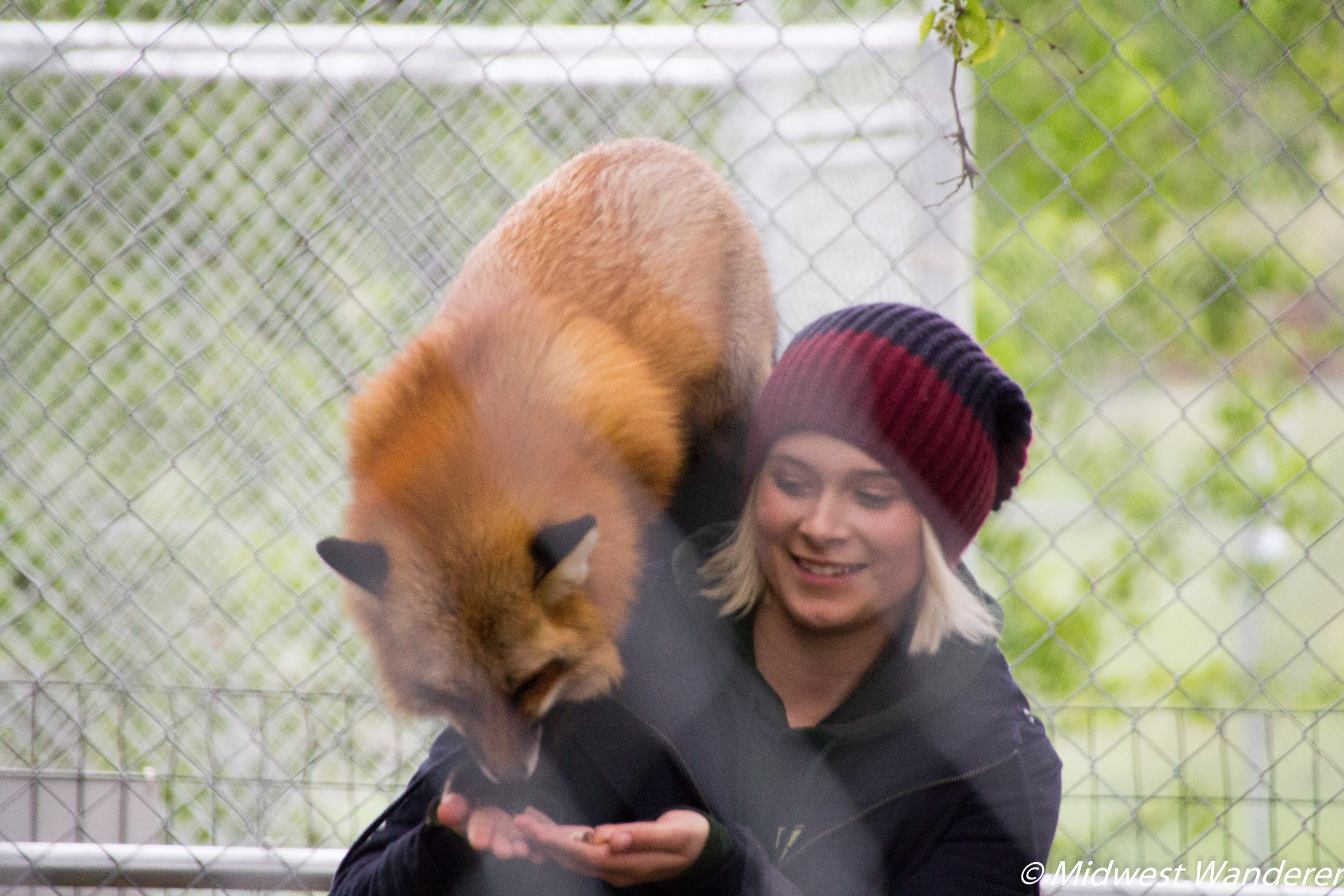
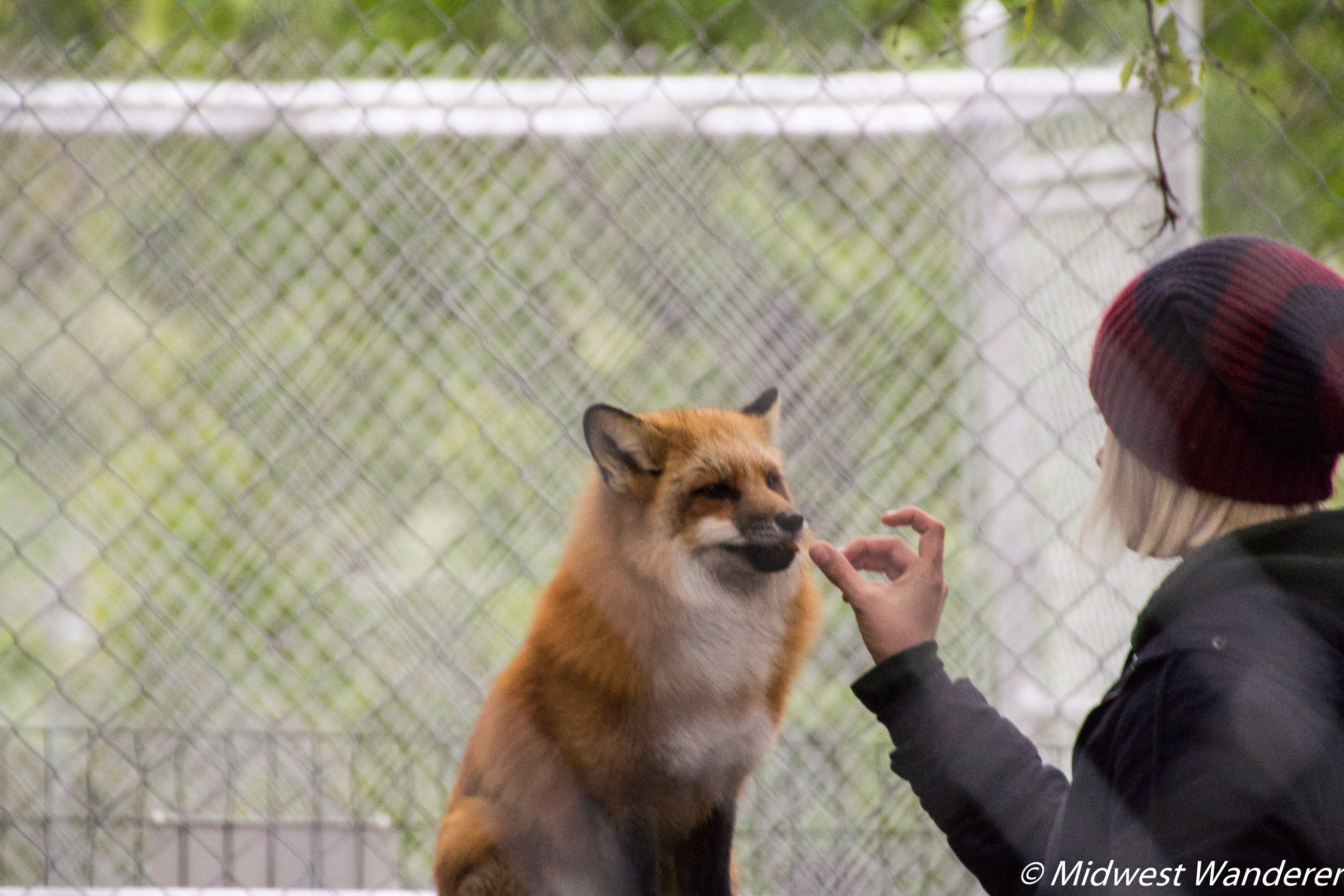
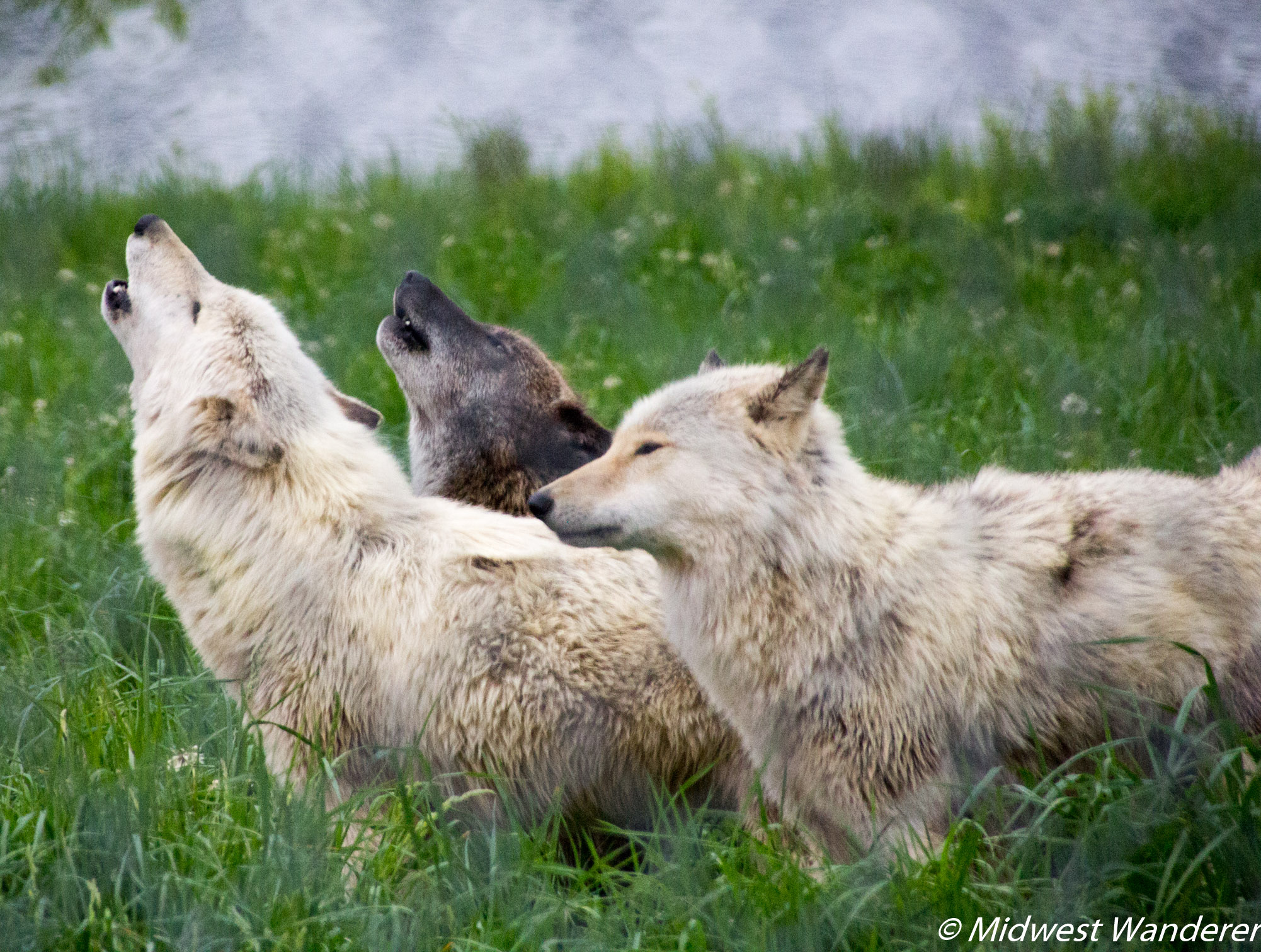
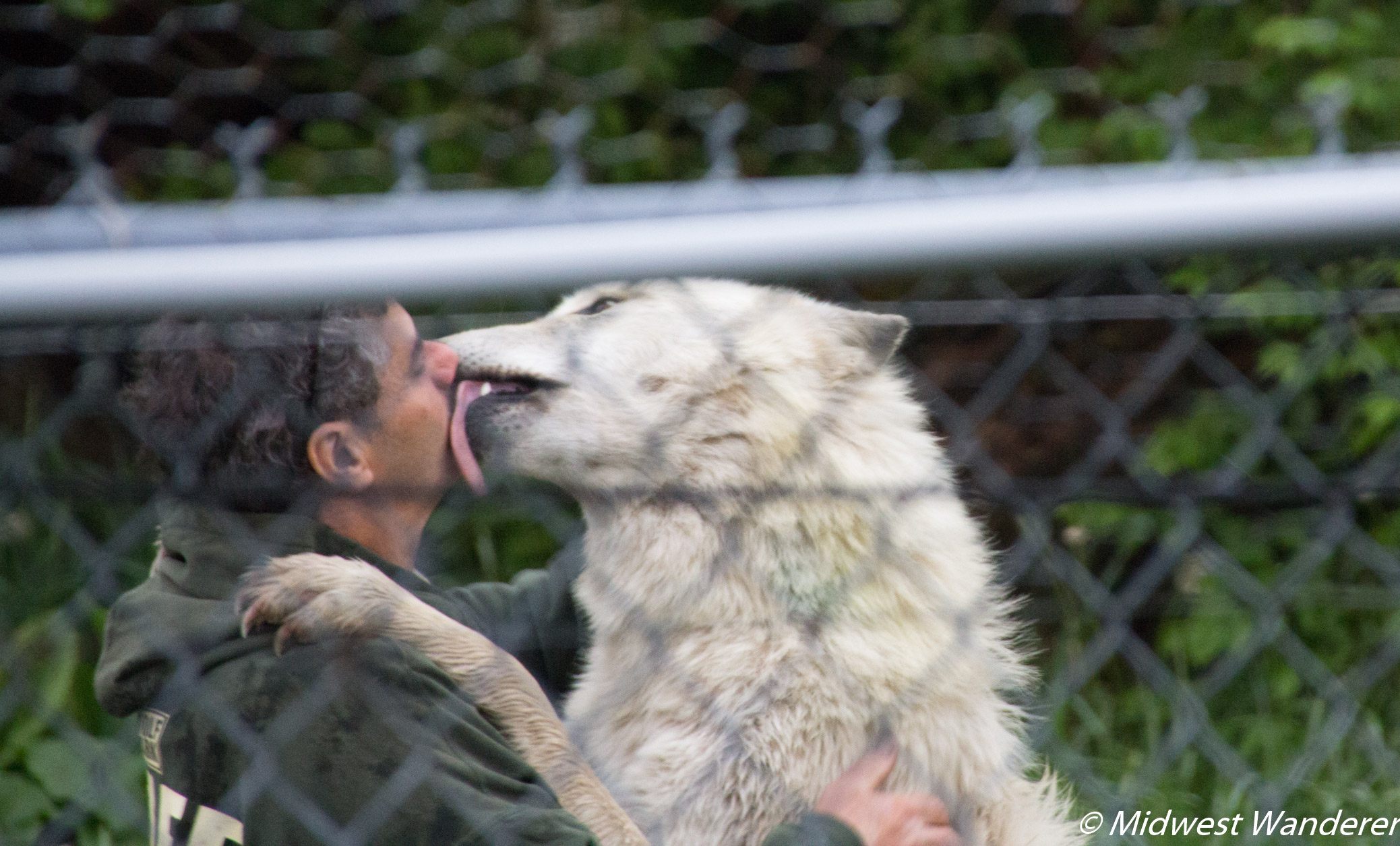
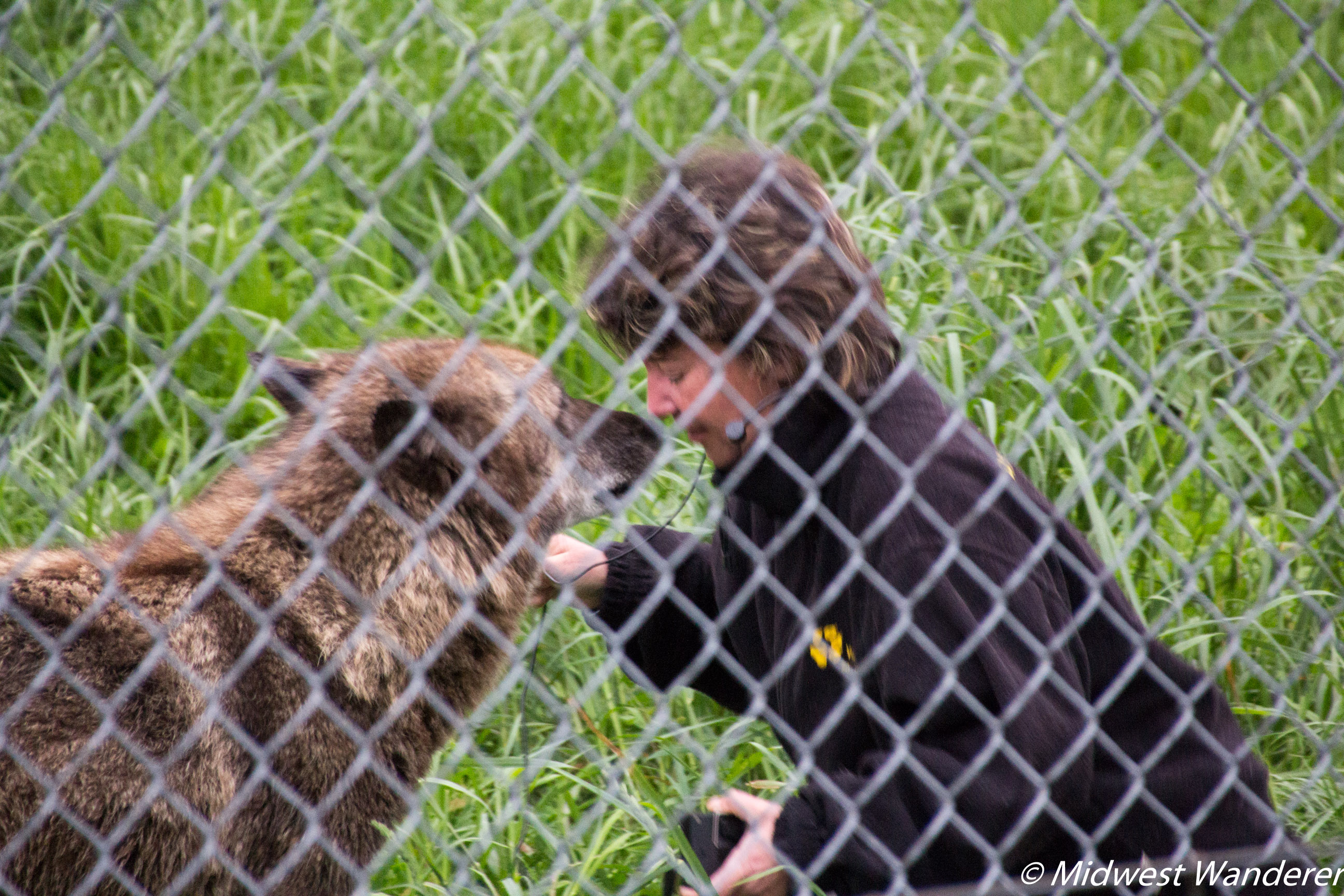
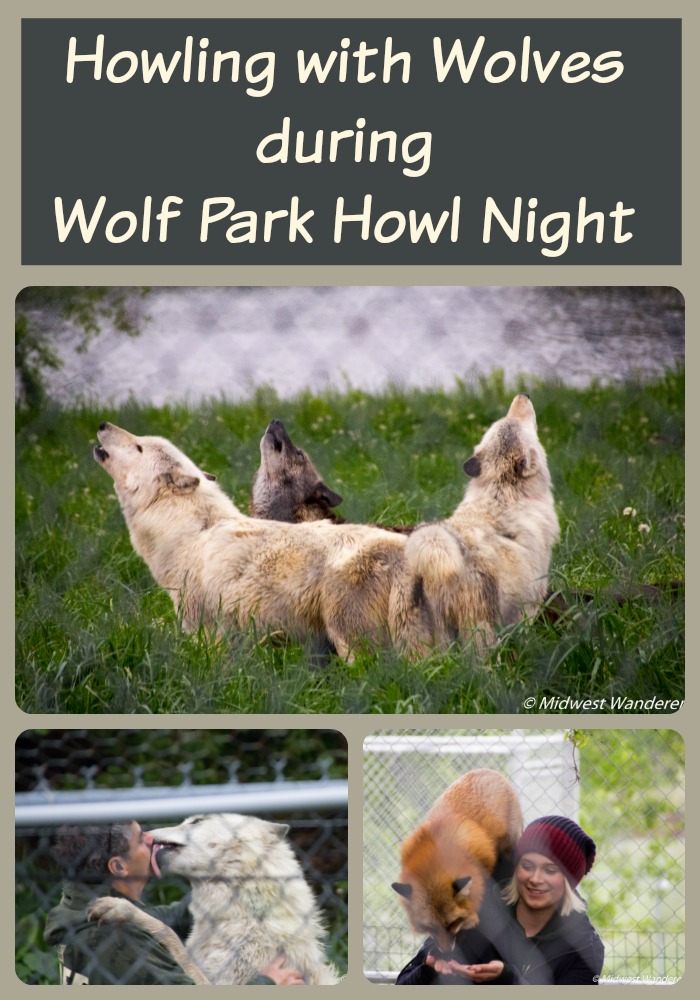
Wow it’s crazy to see them interacting with humans in that way! I’d be scared that their animal instinct would make them snap and rip my face off!!
Me too, Kylie! I was cringing when the wolves were that close to their faces.
Pingback: Columbian Park in Lafayette, Indiana
I’d love to get up close to wolves like that. They are such incredible creatures that, sadly, are being eradicated (again) in the wild.
Right, Francesca. I heard that since wolves have been taken off he endangered list in the West, they are now being hunted.